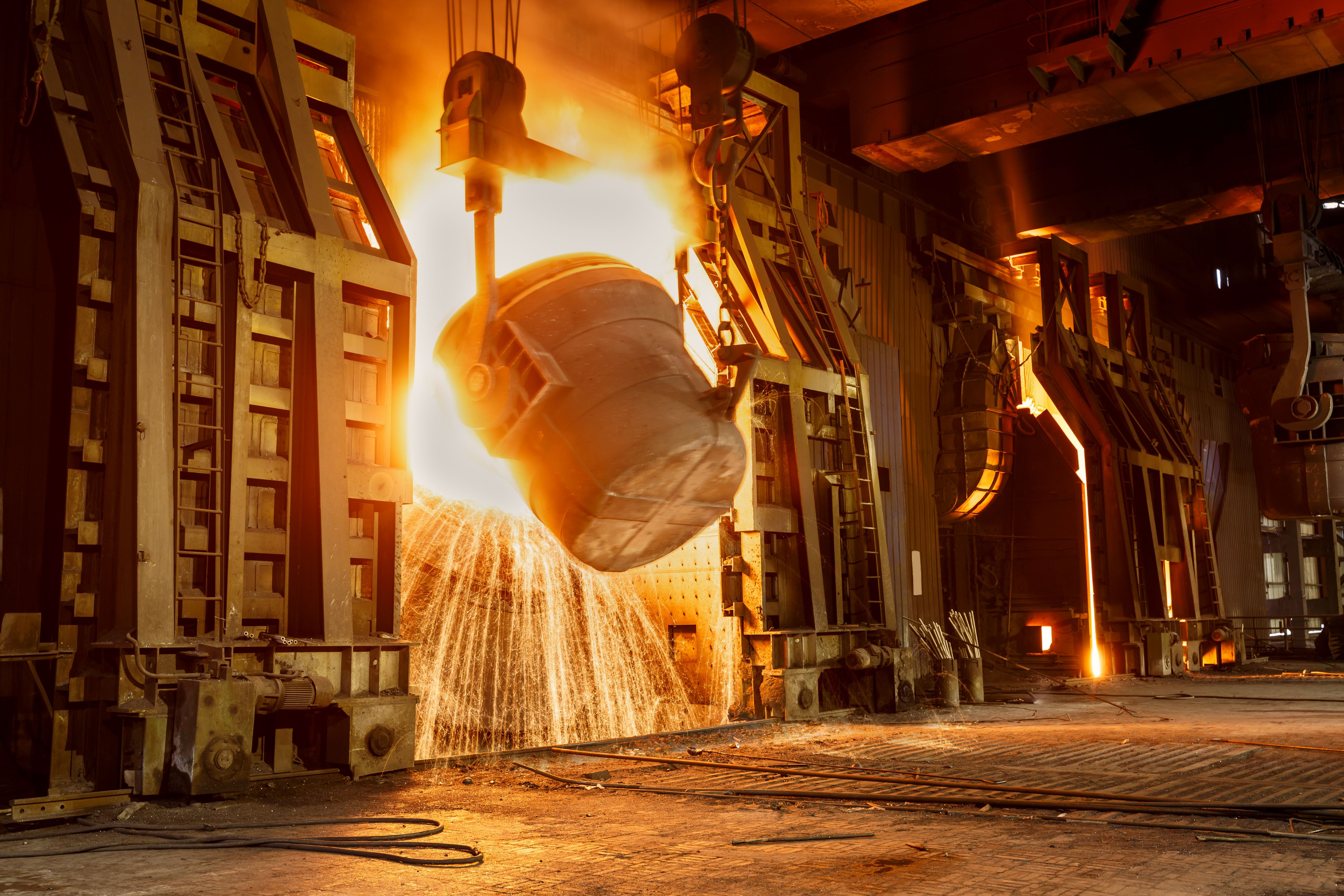
The topic of ‘green’ steel is making headlines.
Last Friday (15 September), the government announced a deal with Tata Steel to invest in ‘green’ steelmaking, as part of a £500m rescue package to save the Welsh plant.
At the WTO Public Forum in Geneva and throughout London International Shipping Week, the topic of decarbonising the production of steel came up frequently.
For both shipping and the wider economy, decarbonising steel is a matter of critical importance.
But what is 'green steel' and why is it so important?
Green definition
According to many experts, there is no universally accepted definition for “green steel”. The term is mostly used to describe steel products that are produced in some sort of sustainable manner.
This can include both recycling and making new steel from raw materials.
Two attempts have been made to define and grade steel by how green the production is, one by Klöckner & Co and another by the German Steel Federation. Both approaches have their advantages and disadvantages.
Why decarbonising
The importance of decarbonising steel comes down to two simple facts. First, steel is one of the most used metals in logistics, building and other important industries.
Second, as explained in our previous Commodity in Focus on steel, the production of the metal is very carbon intensive and relies on old-fashioned carbon regimes.
That means that one of the most important materials is also a huge contributor to climate change.
Single largest producer
Laure Baratgin, head of commercial operations at Rio Tinto says: “Globally, there’s about 18bn tonnes of steel that the world is consuming today, representing 3bn tonnes of carbon dioxide.”
One study by McKinsey in 2022 found that steel might represent as much as 8% of total global emissions.
The Port Talbot plant is estimated to be the UK’s single largest emitter of carbon, illustrating both the size of the challenge and the possible environmental benefits of meeting it.
Baratgin adds that there is a need for new technologies to help make steel production greener, moving away from the traditional forms that have been used for centuries:
“What we're seeing in the steel industry is that the technology breakthrough will require a move from arc furnaces to a direct reduction injection, which requires hydrogen.”
The funding for the Port Talbot Tata plant is expected to go towards a lower emission new electric arc furnace.
Other technology, such as carbon capture and storage and electric furnaces, are currently being explored by various other investors, including steel companies in the UAE and China said to be particularly keen to invest in carbon capture technology.
New processes
Another part of the puzzle is the need to use more renewable energy sources in steel production.
Renewable (or green) hydrogen and ‘cleaner’ carbon sources, as well as other alternative fuels, will likely have to be used to power new technology to decarbonise steel.
Baratgin says this all requires a rethinking of the global supply chain for steel, with sources of fuel being placed closed to green-steel foundries.
Ola Hansen, CEO of H2 Green Steel, told a WTO panel on steel decarbonisation last week that his project was using “renewable, hydrogen-based direct production technology” to reduce the emissions from steel production.
He claimed his project, based in northern Sweden, would reduce emissions from steel by 95%.
But this raises another challenge, since hydrogen itself is still not fully decarbonised, and the production of enough sustainable hydrogen could be several years away.
There are also some concerns about the effects of hydrogen emissions as a potential concentrator of greenhouse gas emissions.
Challenges
Another looming issue is the introduction of various Carbon Border Adjustment Mechanisms (CBAM) across the world.
WTO director general Dr Ngozi Okonjo-Iweala spoke at the WTO about hearing of an “increasing number of fragmented and uncoordinated actions”, as well as growing concerns from WTO members about the possibility of a ‘level-playing field’ for producing decarbonised steel.
Dr Okonjo-Iweala said that the World Bank “counted over 73 different carbon pricing schemes enforced globally with different countries using different carbon taxes, prices and frameworks.”
This fragmented regulatory environment, she said, would make it more difficult for producers to decarbonise, since the uncertainty created would hamper the movement of green technology across the border.



